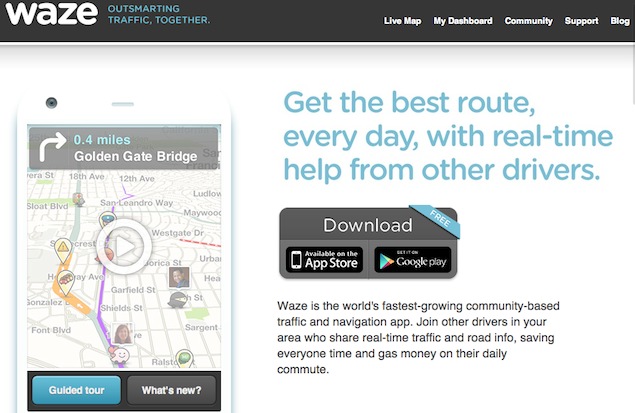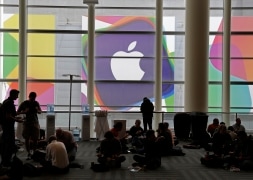Kolkata-born
Debarghya Das,
majoring in computer science, says that all he had to do was run a
simple program that entered all roll numbers after defining a range to
get access to all the results. "It is shocking they haven't implemented a
more secure system," Das told TOI on phone from New York.
After the result's data was crunched, analysed and plotted in graphs,
Das discovered an interesting incongruity in the marking system: there
are 33 different scores unattained between the passing mark of 35 and
the maximum of 100 by the nearly 1,50,000 who appeared for the ICSE
(Class X) exam. According to Das' findings, not a single student got the
following marks: 36, 37, 39, 41, 43, 45, 47, 49, 51, 53, 55, 56, 57,
59, 61, 63, 65, 67, 68, 70, 71, 73, 75, 77, 79, 81, 82, 84, 85, 87, 89,
91, 93. Similarly, in the case of ISC (Class XII exam) a set of 24 marks
between 40 and 100 were found to be unattained.
When
contacted, chairperson of the CI SCE (Council for the Indian School
Certificate Examinations) Gerry Arathoon, refused to comment on both
data security and the unattained marks. "I can't say anything until I
have had a look at things myself," he said.
Das says that the
missing marks indicate that perhaps they were tampered with. He offers
mathematical and statistical arguments to defend his position in his
online post. He says that the ISC anomaly appears to be a case of
awarding "grace marks" and writes -- "Everything from 35 onwards, and
most things from 23 onward seem blindly promoted to a pass mark."
Pranesh Prakash, policy director at the Center for Internet and
Society, says one needn't even be a techie to execute such a hack. "You
don't need real technical skills to do this. You just need to figure out
the ranges and feed them in. It is an interesting revelation that the
website does nothing to obfuscate the javascript for security, but one
can still retrieve data without that information. Once you have the
data, it requires two minutes of programming to get it in a
spreadsheet," says Prakash.

In his post, titled "Hacking into the Indian Education System", Das
wrote that he was doing this to "demonstrate how few measures our
education board takes to hide such sensitive information". The student
also told the TOI that it wasn't possible to change any values in marks
and upload fudged data again, and that he made any significant progress
in this direction only about 3-4 days after the results were announced.
His online post says he also has the data for CBSE class XII. Though he
hasn't yet made it public, he does admit it was harder to crack than
CISCE, though not altogether difficult.
Schooled in Kolkata,
Das is curren tly interning at Google, working on YouTube's captioning
system. He is also working on a tongue-controlled game and has earlier
been active in game and applet design. The idea to hack the results came
to him fo llowing a desire to help two close
friends who had recently taken the exams.
Das, nicknamed Deedy, told ToI that he worked on the ICSE and ISC
results off and on for a week, but it essentially took about 4-5 hours
to get all the data."It took me more time to write the blog post," says
Das, referring to his 19-page post with all the graphs, data and
explanations that is currently online.
For Das, there was only
one other takeaway from the whole exercise. "Regardless of any
tampering, it would be nice to see a transparent exam scheme. SAT
(Scholastic Assessment Test) publishes everything related to the exam
results every year. It is inconceivable that a national level exam board
doesn't do that," he says.
















 Bihar government has set a target to enhance the skills
of one crore people in various works in the next five years so as to
lift them above the poverty line, Chief Minister Nitish Kumar said
today.
Bihar government has set a target to enhance the skills
of one crore people in various works in the next five years so as to
lift them above the poverty line, Chief Minister Nitish Kumar said
today. Shubha Kasivisweswaran, HR Director, SunGard
Shubha Kasivisweswaran, HR Director, SunGard
 In his post, titled "Hacking into the Indian Education System", Das
wrote that he was doing this to "demonstrate how few measures our
education board takes to hide such sensitive information". The student
also told the TOI that it wasn't possible to change any values in marks
and upload fudged data again, and that he made any significant progress
in this direction only about 3-4 days after the results were announced.
His online post says he also has the data for CBSE class XII. Though he
hasn't yet made it public, he does admit it was harder to crack than
CISCE, though not altogether difficult.
In his post, titled "Hacking into the Indian Education System", Das
wrote that he was doing this to "demonstrate how few measures our
education board takes to hide such sensitive information". The student
also told the TOI that it wasn't possible to change any values in marks
and upload fudged data again, and that he made any significant progress
in this direction only about 3-4 days after the results were announced.
His online post says he also has the data for CBSE class XII. Though he
hasn't yet made it public, he does admit it was harder to crack than
CISCE, though not altogether difficult. 



 According to industry experts any HR team facilitated
by technology can efficiently manage the multi-cultural and
multi-generational workforce, across the globe.
According to industry experts any HR team facilitated
by technology can efficiently manage the multi-cultural and
multi-generational workforce, across the globe.



 .
.